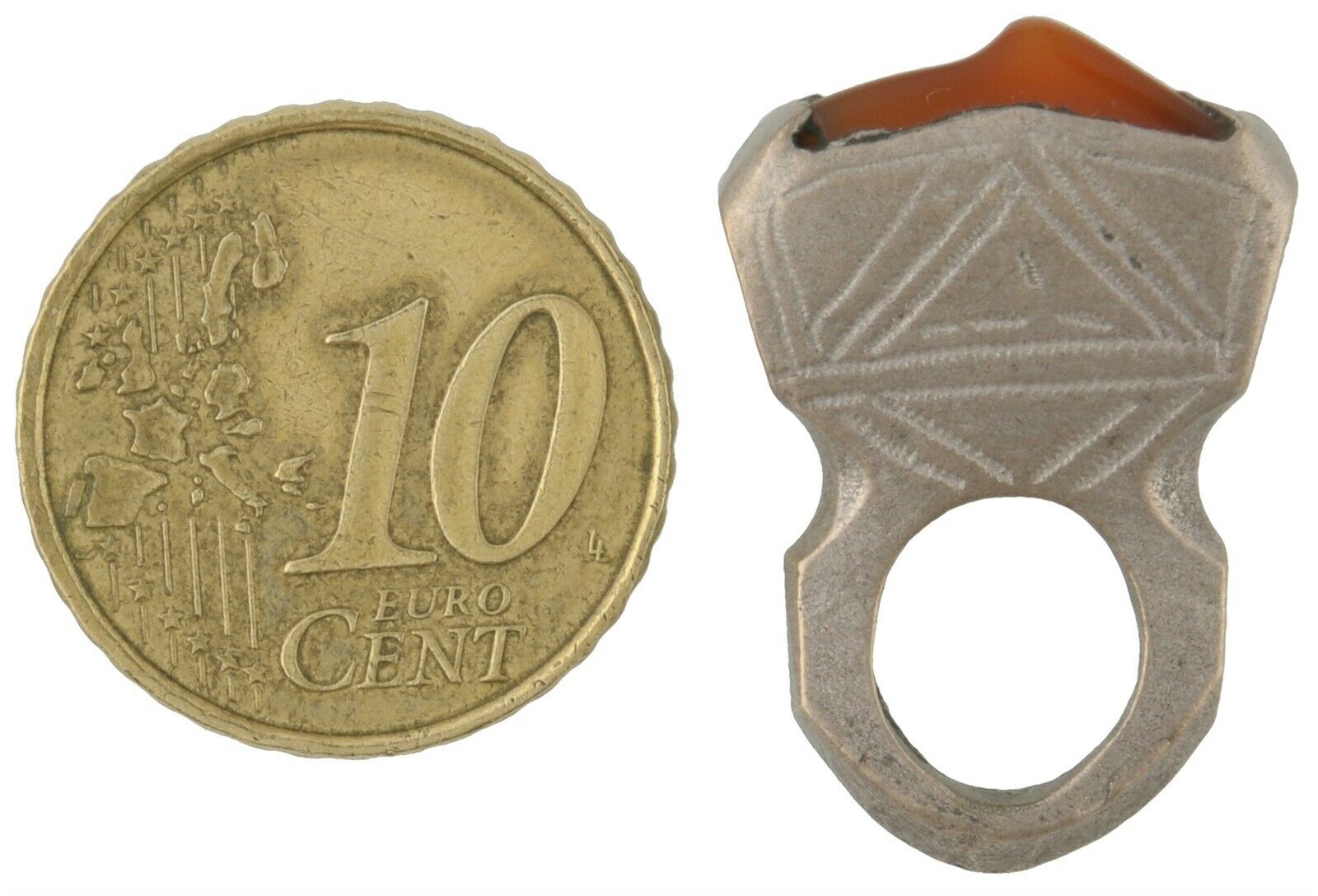-40%
Boghdad Berber Morrocan enamel cross and turquoise with carnelian necklace.
$ 154.7
- Description
- Size Guide
Description
Boghdad Berber Morrocan enamel cross and turquoise with carnelian necklace..Boghdad Berber Tribal Morrocan Tifinagh Ethnic Amazigh enamel cross pendant with genuine graduated turquoise rondelle disc beads and genuine beautiful graduated old carnelian sliced rondelle beads. Spacer bicone beads complete this unique handmade Necklace.
Beautiful colorful Morrocan Silver Enamel Boghdad Berber Cross pendant necklace.
Intricate enamel with green and yellow orange with some Moroccan blue adorne this beautiful silver vintage handmade Boghdad Berber southern Cross pendant.
The Boghdad cross measures 3” in length by 2.6” in width. Necklace measures 24” in length and has 2 beautiful old Tibetan silver hook clasp closures.
The turquoise sliced genuine gemstone beads are graduated and measure approximately 22mm down to 10mm.
The genuine carnelian gemstone beads are graduated from 20mm down to 10mm.
There are 10mm silver disco spacers through out the piece.
This a heavy substantial piece of jewelry not light by any means. So if you are looking for something light and smaller please check out some of my other designs.
Turquoise is one of the most powerful Metaphysical healing stones. Turquoise has been a had metaphysical healing powers before the word Metaphysical was invented. The Native American Indians, and before them the Tibetans, and before them the Egyptians were enamored by Turquoise and considered it to have great healing powers. To this day the Native American Indians consider Turquoise to contain very powerful Metaphysical and spiritual healing powers. The healing powers of Turquoise are considered very powerful in many cultures, not just with the Native Americans. Most people around the world associate Turquoise to the Native Americans and the Tibetans, but many cultures love Turquoise and respect the healing powers of Turquoise.
Turquoise is thought to possess significant healing properties and is often counted as a master healing stone. It is a peace and harmonizing stone that helps to decrease nervousness, tension and stress. It is believed to strengthen ones courage and personal power, fostering empathy, sensitivity and positive thinking. Many people believe that turquoise is a stone of friendship and will enhance love, loyalty and communication.
Turquoise is perhaps the oldest stone in man's history, the talisman of kings, shamans, and warriors. It is a stone of protection, strong and opaque, yet soothing to the touch, healing to the eye, as if carved from an azure heaven and slipped to earth. As a healing stone, Turquoise is among the crystal healing master stones. According to followers of the New Age, the healing powers of Turquoise can benefit the whole body, with special strengths in healing ailments of the immune, respiratory, waste and skeletal systems.
Carnelian is said to aid health, long life and good fortune. It is also said to help one fulfil ones innermost wishes if worn near the heart. Warming and cleansing the blood and kidneys this stone works well in the orange and yellow. This stone can also be used to stimulate appetite, passion, emotions and physical energy.
Like the unexpected fire of a sunset, or the first flash of autumn brilliance, Carnelian captivates. Its bold energy brings a rush of warmth and joy that lingers, stimulating and empowering. Known as a stone of motivation and endurance, leadership and courage, Carnelians have protected and inspired throughout history.
A glassy, translucent stone, Carnelian is an orange-colored variety of Chalcedony, a mineral of the Quartz family. Its color varies from pale pinkish-orange to a deep rusty brown, though it is most known for its brilliant orange and red-orange crystals. Its name comes from a Latin word meaning "flesh."
In antiquity, as well as today, Carnelian is believed to help timid speakers become both eloquent and bold. Ancient Warriors wore Carnelian around their neck for courage and physical power to conquer their enemies. In Egypt it was worn by master architects to show their rank of builder, and alchemists of the Middle Ages used it as a boiling stone to activate the energy of other Chalcedonies.
The ancient Egyptians called Carnelian "the setting sun." In its orange hues, they identified it with the receptive or passive female energies, and associated it with the fertile menstrual blood of the mother goddess, Isis. In its red, red-orange to reddish brown shades, they considered it the active male energy stone, recognized by its glowing vibrant color. Carnelian is traditionally worn to enhance passion, love, and desire.
Gorgeous handmade genuine Ethnic material from Morocco.
About the meaning of Morrocan Boghdad berber Tuareg Crosses:
They derived from the Egyptian Ankh symbol from which would be derived the carteginese symbol of the Goddess Tanit and, finally, the Tuareg Crosses.
They are a sex symbol: especially in Agades , Zinder and In Gall crosses is evident the presence of two elements, which can be linked to a stylized depiction of the two sex symbols: the tip, male symbol, and the ring, the symbol of women.
They are said to protect from the evil eye: in the form of several types of crosses and in the decoration of almost all types appears the presence of triangular elements that constitute the representation more stylized of apotropaic eye. The Berbers or Imazighen (‘Free people’; plural of Amazigh) are the original inhabitants of North Africa. They speak a number of related languages and share a common cultural heritage. Most Berbers nowadays live in Morocco, Algeria, Tunisia, Libya, Mali, Mauritania and Niger.
In Berber culture, jewelry has a symbolic and mythical meaning besides their practical and ornamental function, as they are used as charms and talismans to protect against evil spirits and influences. In addition, acquiring jewelry has an economic meaning. An Amazigh woman’s jewelry is her private property. She may buy, and then later sell jewelry to support her family in dire economic times. With the money she might also buy cattle or land. Smart commercial use makes women apt family bankers.















